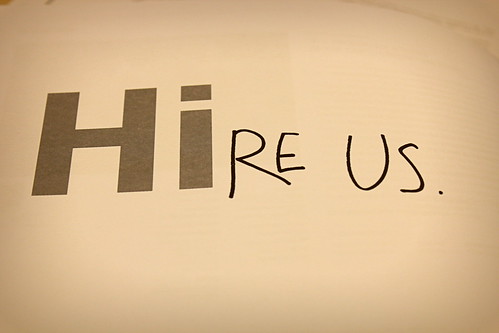How to identify and retain your most valuable customers
 Net-A-Porter is one firm that does a great job of looking after its key customers. It has a name for them: ‘extremely important person’ (EIP). Like VIPs, only with an E instead of a V.
Net-A-Porter is one firm that does a great job of looking after its key customers. It has a name for them: ‘extremely important person’ (EIP). Like VIPs, only with an E instead of a V.
These customers account for a disproportionately large chunk of sales and profits, and boy do they get looked after.
EIP orders are picked, packed and despatched first. EIPs get first dibs at new products (some of which are very limited). EIPs are assigned personal shoppers and invited into the London office for wardrobe planning, and they receive personalised lookbooks (these customers “spend 20 times more than the baseline”). EIPs see exclusive previews and presentations, and they have products bought specifically for them by the buying team.
All in all, it’s good to be perceived as an EIP. The question is whether you know who your EIPs are, and whether you’re treating them any differently, to make them feel like the special people they are?
So, how many of your customers are ‘extremely important’? If you don’t really know then look through your data (e.g. customer database, web analytics, social media monitoring tools, etc) to find customer segments in the following areas…

 What is the state of digital marketing and e-commerce in China?
What is the state of digital marketing and e-commerce in China?  Decision-making is about more than appearing decisive. It’s about managing the context so that we achieve the outcomes we desire.
Decision-making is about more than appearing decisive. It’s about managing the context so that we achieve the outcomes we desire. We’ve been growing pretty quickly these past few years, and when that happens you often need external support. More often than not we’ve turned to agencyland to find help.
We’ve been growing pretty quickly these past few years, and when that happens you often need external support. More often than not we’ve turned to agencyland to find help.
 Attribution modelling, multi-channel funnels, customer journey mapping… it’s all very hot at the moment.
Attribution modelling, multi-channel funnels, customer journey mapping… it’s all very hot at the moment. 
 Last Wednesday more than 1,500 marketers descended on Old Billingsgate in London for JUMP, our annual multichannel-focused event.
Last Wednesday more than 1,500 marketers descended on Old Billingsgate in London for JUMP, our annual multichannel-focused event.